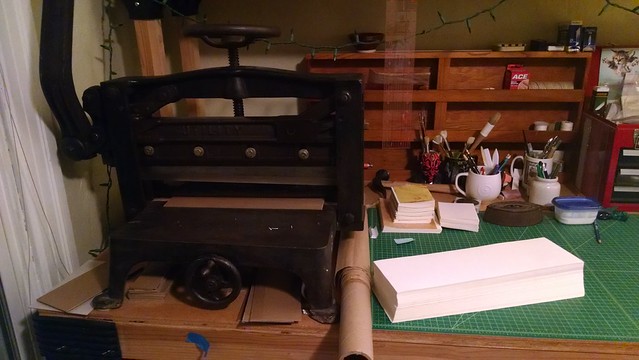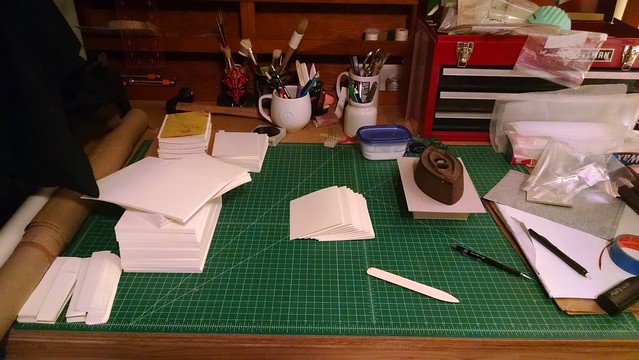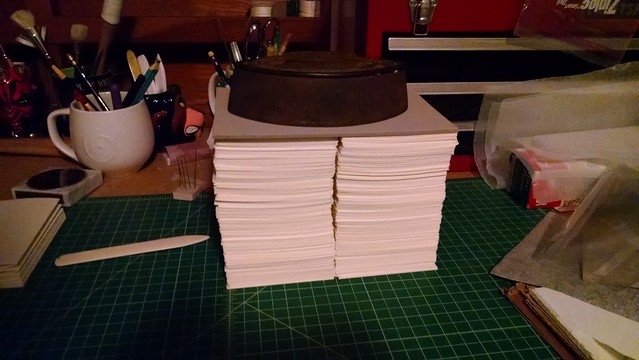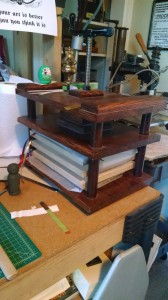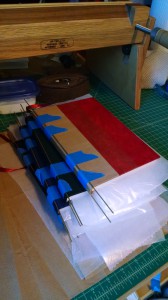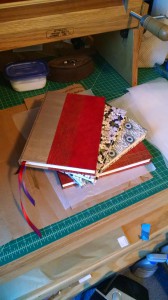I posted a tutorial on making your own bookcloth on Instagram a while back, and thought it’d be fun to offer it here, as well! (I’ve also edited it and added more commentary than I felt like typing on my phone.)
To make your own bookcloth using this method, you will need:
- A large, clean work surface
- Fabric
- An iron and ironing surface
- Japanese paper
- Wheat paste
- Paste brush
- Waste paper to cover your work surface
- Scissors
- The measurements for how much bookcloth your project needs
- A ruler or yardstick
- A large, clean pane of glass (windows work great for this!)
- A utility knife, x-acto knife, or similar
- Clean your work surface (in this case, my flat file downstairs).
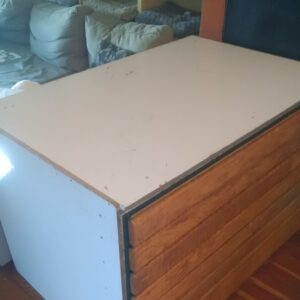
- Figure out how much you need. In the picture you can just barely see my book map, which is what let me know how much bookcloth I needed.
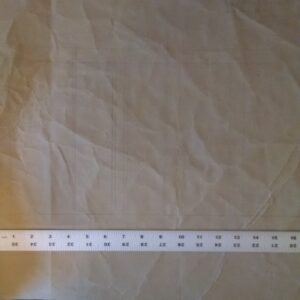
- Cut out the amount you need (with some extra just in case).
Also: thanks to the fabulous Xcentricities (corset.net) for the fabric! It’s unique to them and they very kindly sold me some.
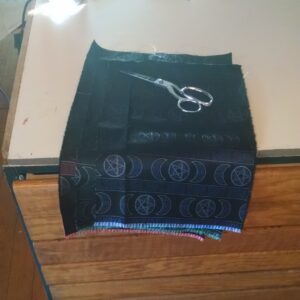
- Iron the fabric.
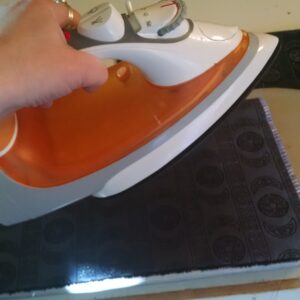
- Cut Japanese paper to size. I did this by laying the fabric out on the paper and cutting around it. You’ll need about a 1″ margin on all sides. Don’t forget to line up the grain! (note: fabric grain runs parallel to the selvage, the rough edge on either side of full yards of fabric)
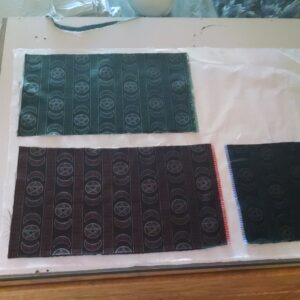
- Paste time! Put the fabric face down, smooth it flat (you can spray it with water if it’s being troublesome), and paste up the paper.
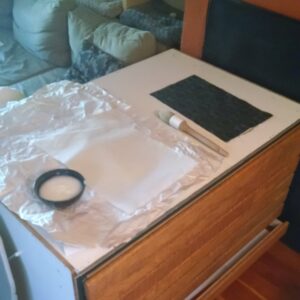
- Carefully lower paper, paste side down, onto the fabric. This is definitely the hardest part.
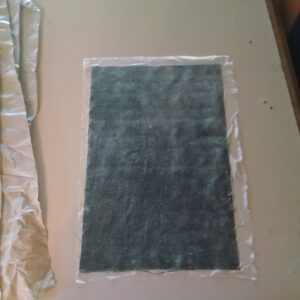
- Use the pasted up margin affix to a piece of glass. A clean window works well. (Bonus: the pasted margin will keep your bookcloth from shrinking as it dries!)
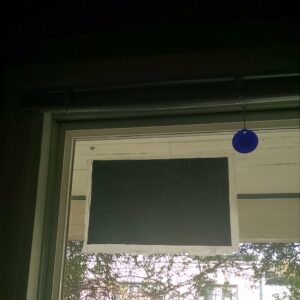
- Repeat as desired, allow to dry overnight.
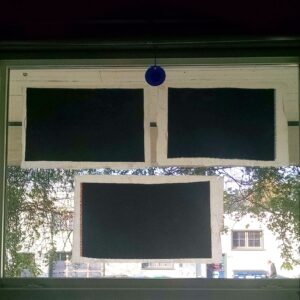
- Optional: relax outside with cute person and refreshing beverage.

- Cut around the fabric with a sharp knife and carefully peel away. Ta-daa! Book cloth (cleaning is easiest with a sharp blade like a razor or utility knife blade – just scrape the remaining paper off the window.)
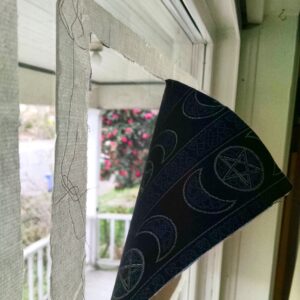
And bam! Your very own custom bookcloth.
One of my favorite sources for fabric when I want an unusual pattern is Spoonflower, which is sort of like Cafepress but for fabric. They have SO MANY PATTERNS WHOA.
Good luck and have fun!

